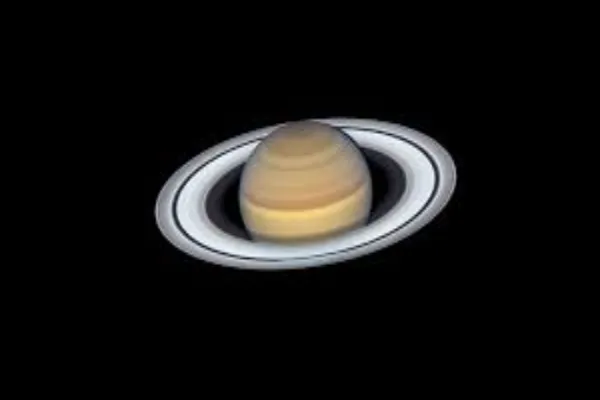What Planets Have Rings in Our System and Beyond: Their Unique Compositions

Space is a beautiful, fascinating, vast place to explore. Imagine what your eyes could catch, from planets to heavenly bodies; there’s much you can envision. Today, the focus is on planets that stand out, those with shimmery decorations. So, what planets have rings, and what are they made of?
Saturn: The Planet with the Most Rings
Most people talk of Saturn when they think of a planet with rings, as it tops the list as the largest. Saturn is composed of ice particles, dust, and rocky debris, which reflect sunlight brilliantly.
Though still debatable, scientists believe they formed billions of years ago from shattered icy moons. Another theory is that the planet’s immense gravity pulled apart the remnants of comets.
As you ponder, the latest data from the NASA Cassini Mission suggests that Saturn’s iconic jewels are slowly being pulled into the planet as ring rain. Which planet has a unique and special ring system? That has to be Saturn because there are discoveries of additional planets orbiting it. The fleeting nature adds urgency to studying these shimmering wonders before they vanish forever.
Jupiter
Saturn might carry the spotlight, but it isn’t the only planet in the solar system wearing jewellery. Jupiter, Uranus, and Neptune also boast a ring system, though not as spectacular as Saturn’s.
Jupiter’s rings are faint and composed mostly of tiny dust particles kicked up by micrometeoroid impacts on its inner moons. Its composition makes Jupiter a planet with rings in the solar system, as it is one of the least understood features of the gas giant. It is divided into four segments: the halo ring (doughnut-shaped), the main ring (faint), and two additional rings (Amalthea and Thebe, characterised by a faint extension).
According to the British space news website Orbital Today, they comprise small dark particles and dust presumed to have resulted from the Meteorite’s impact on the planet. Unlike Saturn’s obvious brilliance, Jupiter’s jewels lack substantial material, making them nearly invisible without specialised equipment.
Uranus
Uranus is also featured on the list of planets with a ring system. It takes things up a notch with its narrow, dark rings made predominantly of water ice mixed with organic compounds like methane. Scientists speculate they could have originated from collisions between small moons orbiting the planet.
Neptune
Neptune is also a planet with jewels that cannot be overlooked. They are thin and fragmented and consist mainly of dust grains and larger chunks of rock. There are several theories explaining the rings’ origin. However, the most common one cites that Neptune’s rings result from gravitational interactions with nearby moons, which shepherd the particles into delicate arcs.
Beyond Our Solar System: Exoplanetary Rings
Now that the focus has been on every known planet with rings in the solar system, it is important to explore further. That means a look into distant star systems where astronomers have begun detecting hints of exoplanetary rings. While direct imaging remains challenging due to technological limitations, indirect methods, such as analysing light curves (changes in brightness), suggest that some exoplanets have massive ring systems.
So, what planet has the most rings outside our solar system? J1407b exoplanet (“Super Saturn”) remains an iconic space object with various rings orbiting it.
Why Composition Matters
So, why do planets have rings? The composition of them reveals much about their origin and the conditions surrounding their host planets. For example, Saturn’s ice-rich ring system hints at colder regions farther from the Sun, while dusty ones around Jupiter indicate ongoing dynamic processes involving small bodies.
Uranus is predominantly filled with organic compounds, raising questions about chemical interactions under extreme conditions. As for Neptune’s fragmented arcs, scientists might be curious about the stability in chaotic environments.
In exoplanetary systems, ring composition could be a fingerprint, helping scientists infer details about unseen planets and their histories. A predominantly icy ring suggests a young, volatile-rich world, while metallic or silicate-based rings point to older, more evolved systems. Each discovery is resourceful in unravelling the mysteries of planet formation and evolution across the galaxy.
Planetary rings go beyond cosmic ornaments as the structures captivate space enthusiasts with their complexity and fragility. As technology advances, there could be much more to unravel while exploring space.
Which ringed planet fascinates you the most? Do you think Saturn’s rings will truly vanish within 100 million years, or could there be another explanation for their longevity? Have you heard of exoplanets like J1407b before, and what do you think about the possibility of finding habitable moons within their rings? Share your thoughts or ask questions in the comment section regarding planets with a ring system.
Author: Emma Thorpe




